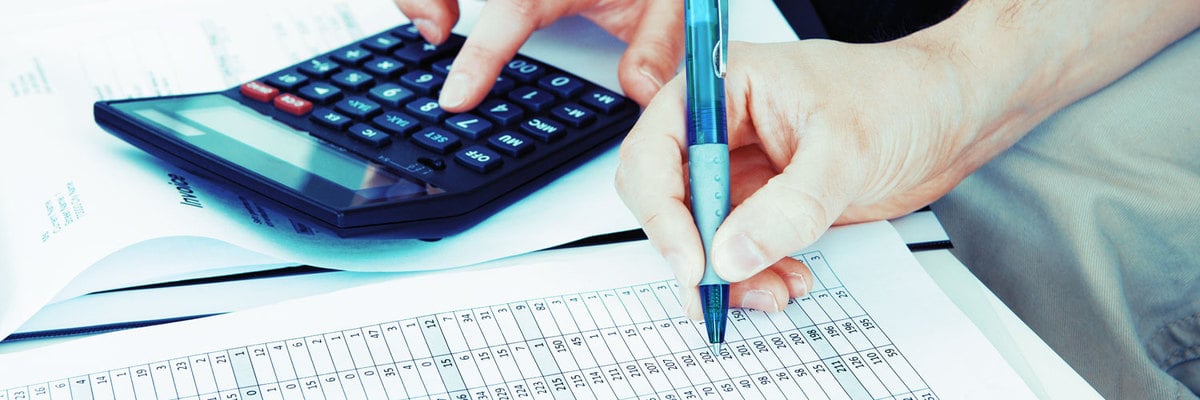9 Things to Do When You Have High Energy Bills


It’s a moment you fear every month – opening your monthly energy bill.
Why are your energy bills so frightening? Because they have doubled and tripled over the years, and it is wreaking havoc on your bank account.
You’re likely wondering, “Why is my energy bill so high?” There are several high-energy bill causes, from poor insulation to vampiric appliances, but what can you do to conquer this challenge?
RetroFoam of Michigan has insulated more than 10,000 homes across the lower peninsula, helping those homeowners create homes that are not only more comfortable but also more energy-efficient. We were inducted into a special club – the Home Performance with Energy Star 2019 Century Club, and we received this recognition for our work to help homeowners save money on their monthly energy bills.
That’s quite enough about us; let’s discuss what you can do to get those high energy bills down.
Key Points:
• Rising energy bills are often caused by factors like poor insulation, energy-draining appliances, and inefficient home habits.
• Simple changes -- such as installing a programmable thermostat, washing clothes in cold water, and lowering water-heater temperatures -- can noticeably cut energy use.
• Electronics left on standby continue consuming electricity, sometimes accounting for more than 10 percent of a home's energy bill.
• Switching to LED or CFL bulbs and choosing Energy Star appliances can significantly reduce long-term energy costs.
• Regular maintenance, like cleaning lint traps and changing HVAC filters, helps appliances run efficiently.
• Weather extremes can naturally increase heating and cooling expenses, but maintaining consistent thermostat settings helps keep costs predictable.
• Sealing leaks around windows and doors prevents conditioned air from escaping.
• Updating insulation -- particularly with foam insulation that creates an air seal -- can dramatically improve comfort and energy efficiency.
Things to Do When You Have High Energy Bills
From installing a programmable thermostat to washing clothes in cold water, here are some of the ways you can combat high energy bills.
Use a Programmable Thermostat
A programmable thermostat can work wonders when you’re trying to reduce the amount of energy you’re using.
Just setting your thermostat 7 to 10 degrees in either direction during the summer or winter can save you as much as 10 percent on heating and cooling costs, according to the U.S. Department of Energy.
During the winter months, the DOE recommends setting your thermostat to 68 degrees when you’re home and awake. When you’re asleep or gone, it is recommended to lower it even further. In the summer, it's recommended to set your thermostat to 78 degrees when you’re home and raise it when you’re gone.
A programmable thermostat can make it easier to schedule and set your temperature without the inconvenience of having to remember to do so before you leave.
Lower the Temperature on Your Water Heater
The water heater is undeniably another place that is costing you money on your monthly energy bills. This is because the heater is storing water and keeping it warm.
I know we all love a good hot shower, but turning down the temperature just a few degrees can help reduce your monthly energy bill. The ideal temperature is 120 degrees.
Another helpful tip is to shut your water heater off if you go on vacation or will be gone for a long period of time.
Don't Leave Electronics on Standby
They are here to suck your energy.
That might sound a little dramatic, but your computer, gaming system, tablet, and other devices aren’t shutting off – they’re just going to sleep.
While taking this little nap, these devices are performing updates, downloading content, and sucking up energy. More than 10 percent of your energy bill can be linked directly to these energy vampires, according to the DOE.
Wash Clothing in Cold Water
It may not seem like it, but the energy used to wash a load of laundry can be substantial. That’s why adjusting the temperature can help.
Your water heater has to work pretty hard to provide warm water to your washing machine. This alone uses a considerable amount of energy. By washing your clothing in cold water, you are reducing the energy needed to do laundry.
Switch Light Bulbs and Appliances to Energy-Efficient Models
Did you know that about a third of the electricity you use in your home is for lighting, and your appliances, like your dishwasher, refrigerator, oven, and washer and dryer, account for another 13 percent?
Energy-efficient light bulbs, like CFLs and LEDs, can save between $30 $75 on monthly energy bills. They also last 10 to 25 times longer than incandescent light bulbs.
Next up are Energy Star-rated appliances. These appliances are more energy efficient, meaning they will save you more money. If you’re in the market to replace any of your appliances, Energy Star is the way to go.
Run and Clean Your Appliances to Make Them More Efficient
Even with Energy Star appliances, if you don’t run them efficiently and keep them clean, they could end up costing you money.
We all do it – we forget to clean the lint filter or change out the air filters for the air conditioner and furnace. If you want to lower your energy bills, you’ll need to remember to keep your appliances clean so they run more efficiently.
Extreme Weather is Out of Your Control
The one thing you can't control when it comes to monthly energy bills is the weather. This is because around half of your bill is for heating and cooling.
If you’re experiencing a cold snap or an extreme heatwave, there’s not much you can do. Keep your thermostat set at 78 degrees in the summer and 68 degrees in the winter, and try to dress accordingly.
Seal Leaks Around Doors and Windows
If air is leaking around your windows and doors, it’s costing you money.
You can purchase a can of spray foam at your local hardware store for this as a DIY project. You can remove the frame around the window or door.
The best method to insulate around the windows or doors and ensure the cavity is full is to just remove the frame. This is a much easier process as well. Once you have removed the frame, if there is any old insulation, you should first remove that and then spray the canned foam around the gap.
Add an Air Seal to Your Home with Insulation
If you notice air leaks in your home, you likely need to update your insulation.
You have options when it comes to insulation for your home, including fiberglass, cellulose, and foam. It’s up to you to choose the best insulation for your existing home, so you’ll need to do your research first.
If you want to create the suggested air seal in your home, foam insulation is the best option. This is because foam insulation creates an air seal that isn’t possible with fiberglass and cellulose.
Creating an Energy Efficient Home
Making your home more energy efficient will help to reduce your monthly energy bills.
All of the tips above will help you get well on your way to energy efficiency. Just think of what you can do with all of the money you’ll be saving each month. Maybe it’s time to take that vacation you’ve been dreaming of?
Related Articles
What is Home Performance with Energy Star?
Identify Leaking Money with a Home Energy Audit
How to Conduct a Free DIY Home Energy Assessment
FAQs About High Energy Bills
Why is my energy bill so high?
High bills can come from a combination of poor insulation, air leaks, outdated appliances, extreme weather, and everyday habits like washing with hot water or leaving electronics in standby mode.
What temperature should I set my thermostat to?
The Department of Energy recommends 68 degrees Fahrenheit in the winter when you’re home and awake, and 78 degrees in the summer.
Adjusting the temperature 7–10 degrees when you’re away can save up to 10 percent on heating and cooling costs.
Does lowering my water-heater temperature really help?
Yes.
Setting your water heater to 120 degrees reduces energy use while still providing plenty of hot water for daily needs.
Do electronics use energy even when turned off?
Many devices continue drawing power on standby.
These “energy vampires” can account for more than 10 percent of your bill. Unplug them or use power strips to fully cut power.
Is washing clothes in cold water effective?
Definitely.
Modern detergents work well in cold water, and skipping the hot water cycle reduces strain on your water heater.
Are energy-efficient light bulbs and appliances worth it?
Yes.
LEDs and CFLs use less electricity and last longer. Energy Star appliances are designed to reduce energy consumption and can lower long-term utility costs.
How do I know if I have air leaks?
Drafts near windows, doors, outlets, or attic access points often indicate air leakage.
High energy bills and inconsistent room temperatures are also common signs.
Will new insulation really make a difference?
Upgrading insulation — especially with foam that creates an air seal — can significantly reduce energy loss, improve comfort, and lower monthly energy bills.
Can I fully control my energy costs?
You can manage many factors, but extreme heat or cold will naturally impact your bill.
Consistent thermostat settings and proper home efficiency improvements help minimize these spikes.
About Amanda Emery
Amanda previously has worked as a breaking news and crime reporter, TV news producer, and editor in Flint and Detroit. Throughout her career as a journalist, she has won several awards from The Society of Professional Journalists - Detroit Chapter and the Michigan Press Association. As part of the RetroFoam of Michigan family, Amanda uses her experience as a journalist to write content that will help educate homeowners on the benefits of foam insulation. When Amanda isn’t writing, she’s spending time with her husband and rescued huskies. She also loves knitting, making art, cooking, and hosting dinner and a movie night for friends and family.


